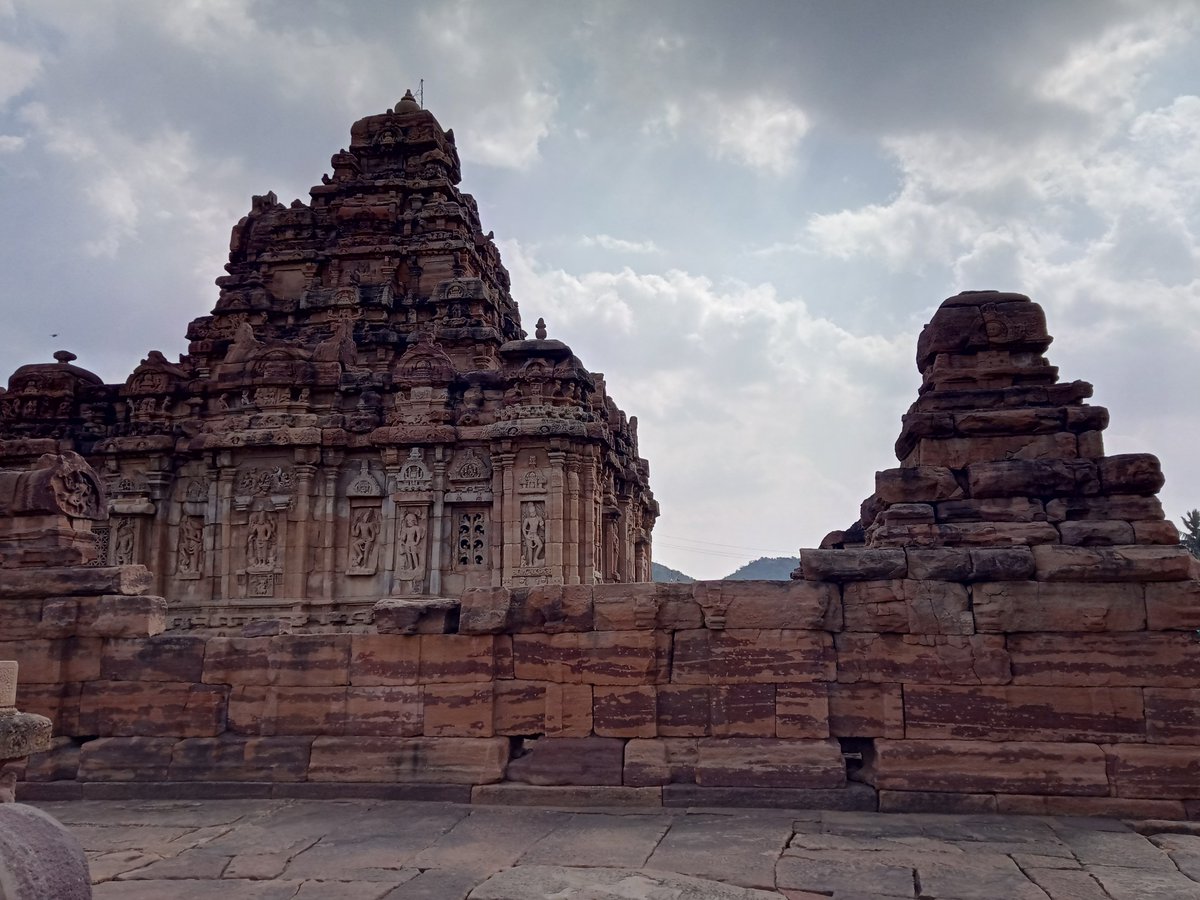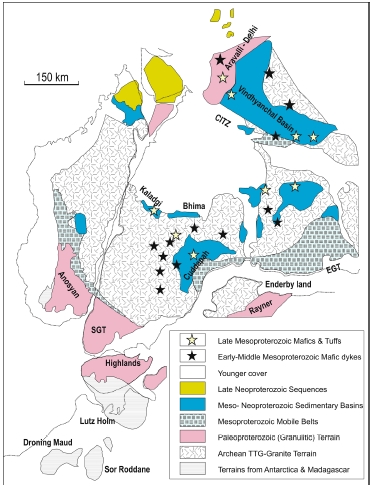
How to get URL link on X (Twitter) App


 Between ~1800 -800 million yrs ago, Indian continental crust sagged due to various tectonic forces to form several long lasting sedimentary basins. The Kaladgi Basin in which the Badami area sandstones were deposited is one such basin.
Between ~1800 -800 million yrs ago, Indian continental crust sagged due to various tectonic forces to form several long lasting sedimentary basins. The Kaladgi Basin in which the Badami area sandstones were deposited is one such basin.

 Basalt lava is less viscous and can flow for long distances. It can get channeled along a preexisting valley or follow lows in the landscape, forming a sinuous lava channel. Pic from USGS captures a lava channel from recent eruption in Hawaii.
Basalt lava is less viscous and can flow for long distances. It can get channeled along a preexisting valley or follow lows in the landscape, forming a sinuous lava channel. Pic from USGS captures a lava channel from recent eruption in Hawaii. 

 One interesting feature of Konkan coastal belt is the presence of hot water springs arranged in a fairly narrow linear belt from north of Mumbai to Ratnagiri area in the south. They occur somewhat midway between the W. Ghat Escarpment and the coast.
One interesting feature of Konkan coastal belt is the presence of hot water springs arranged in a fairly narrow linear belt from north of Mumbai to Ratnagiri area in the south. They occur somewhat midway between the W. Ghat Escarpment and the coast.

 After Deccan volcanism ended ~ 63 mya, a vast lava field about 1 km elevation had formed. In Eocene times a phase of humid climate caused deep chemical weathering of this lava resulting in a thick weathering mantle of iron rich soil known as laterite.
After Deccan volcanism ended ~ 63 mya, a vast lava field about 1 km elevation had formed. In Eocene times a phase of humid climate caused deep chemical weathering of this lava resulting in a thick weathering mantle of iron rich soil known as laterite.